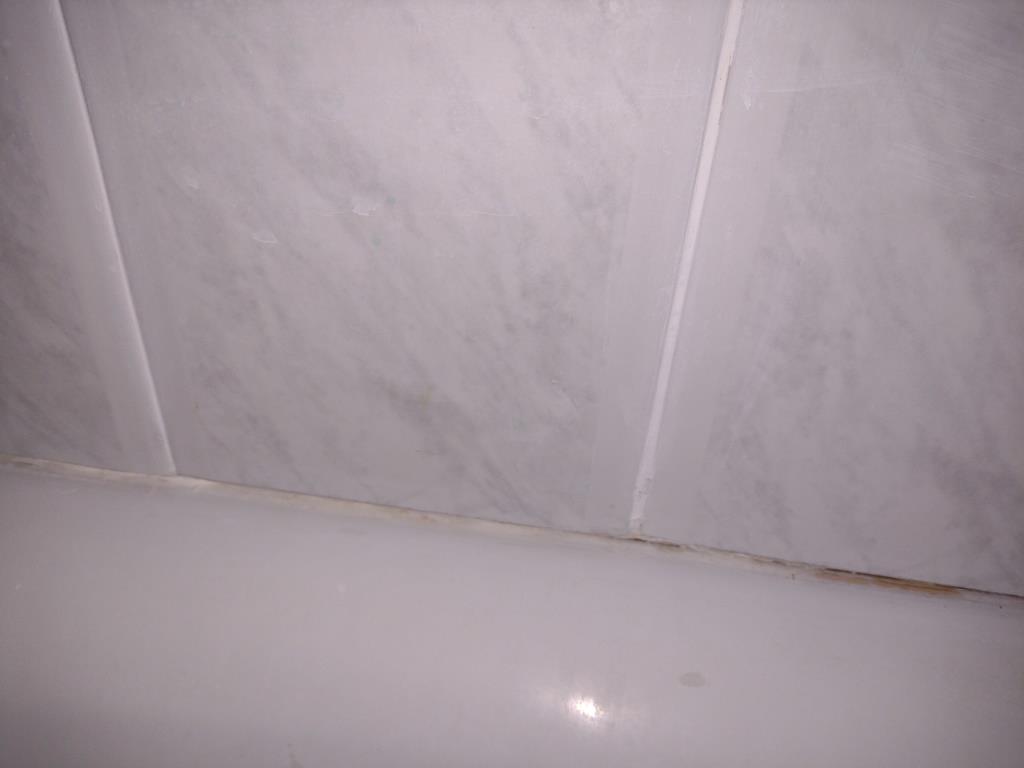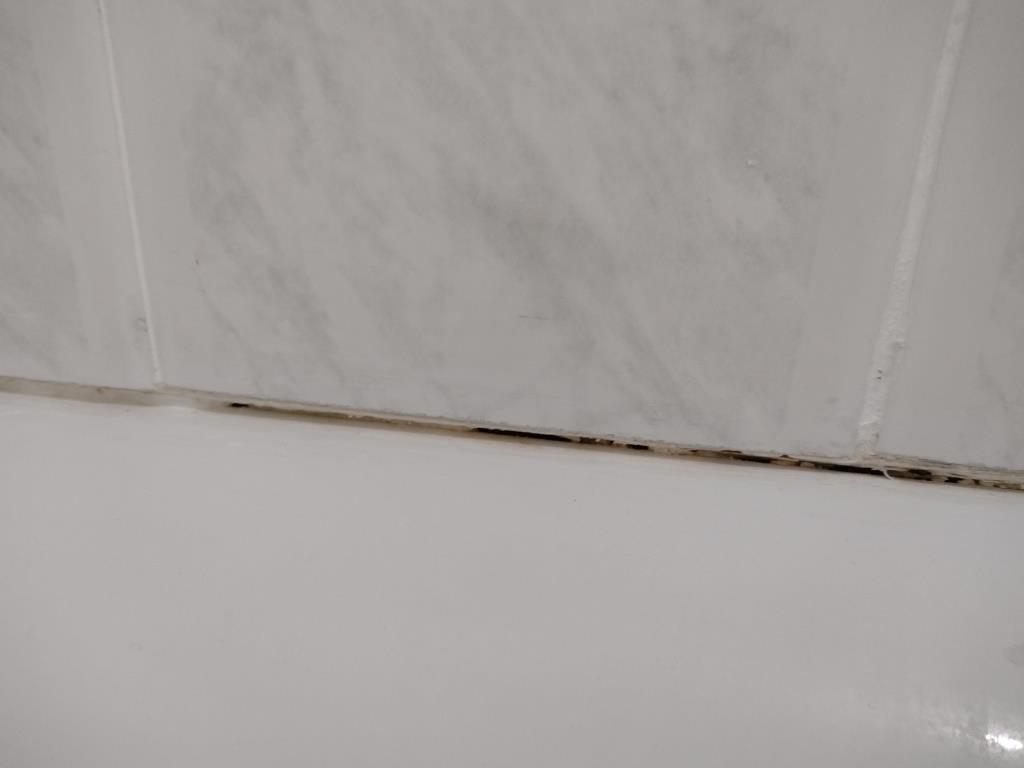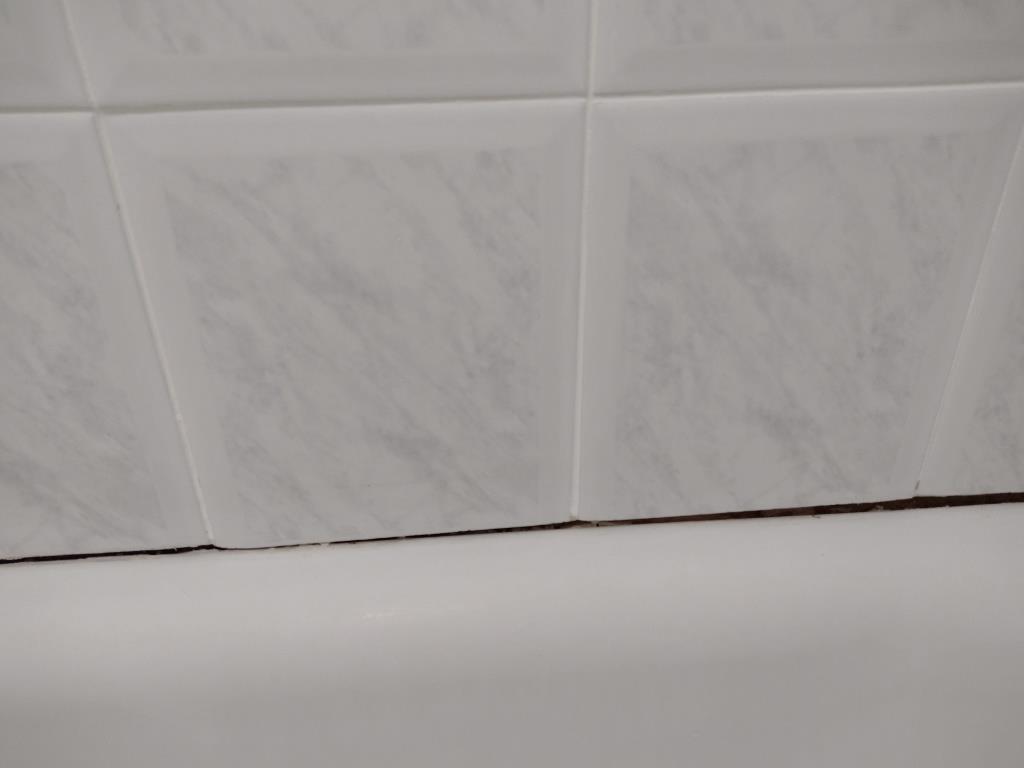I am re-doing the silicone on my bathtub and upon removing the silicone, I have seen cracked or missing grout/filler behind the area where the silicone used to be.
After doing some research, it transpires that grout is non waterproof and should not have been there in the first place. So, I now intend to chisel away the grout and then squeeze in a backing rod and then apply silicone on top.
The problem is I cannot find backing rods in Screwfix/Toolstation or B&Q. Can anyone post links if it is called something else by these places?
After doing some research, it transpires that grout is non waterproof and should not have been there in the first place. So, I now intend to chisel away the grout and then squeeze in a backing rod and then apply silicone on top.
The problem is I cannot find backing rods in Screwfix/Toolstation or B&Q. Can anyone post links if it is called something else by these places?





